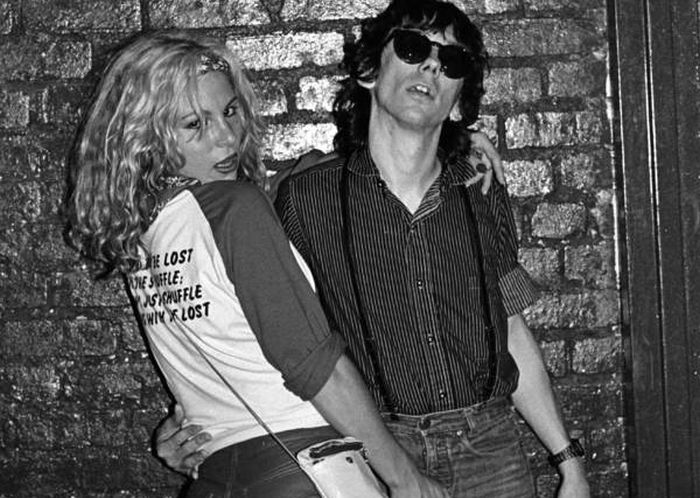

Very few all-girl rock bands existed at the same time as the GTOs. On the rare occasion that the GTOs are recalled in modern pop culture, they tend to be grouped alongside acts like the Shaggs - young girls who didn’t understand the music they were playing, while blissfully and more or less accidentally stumbling upon something great. Nicholas, “I’m In Love With The Ooo-Ooo Man.” With hints like “His first name is the same as his last,” she announces her devotion and, at the song’s climax, exclaims what could essentially be the groupie mission statement: “Remember, girls, please don’t stop hoping! Never say your love is wasted! Love is only for giving! It’s something that cannot be taken!” Miss MercyĪside from Des Barres, the most prominent personality in the band was undoubtedly Miss Mercy, whose wide-set face and proto-goth eyeliner made her look like a drugged out version of Theda Bara and whose boisterous, unruly voice made her sound like a deranged version of Janis Joplin on the sensibly-named track, “I Have a Paintbrush in My Hand to Color a Triangle.” The album closes with Des Barres’ sugary pop ode to Steppenwolf’s Nick St. Another of Des Barres’ tracks, “Do Me in Once and I’ll Be Sad, Do Me in Twice and I’ll Know Better (Circular Circulation),” with its catchy chorus and sweet melody, could easily have been a minor hit if not for its inscrutable lyrics. Permanent Damage is steeped in an acid-soaked sense of humor, like a aurally-pleasing R. “It’s so great how we’ve turned from voluptuous high schoolers to flat-chested mini-mamas,” Sparky cracks.

The album opens with “The Eureka Springs Garbage Lady,” a vaguely medieval, off-key choral effort that leads into a conversation between Des Barres and Miss Sparky (née Linda Sue Parker) about stuffing their bras in high school. Though the GTOs were the masterminds of the project, the album included contributions from the likes of Jeff Beck and a young Rod Stewart.

The choice of subjects is a reflection of the girls’ own attitudes toward their environment.” Featured are taped conversations between the band members, midwestern groupie grande dame Cynthia Plaster Caster (famous for making plaster casts out of musicians’, er, instruments with her sister), and the so-called “Mayor of the Sunset Strip,” Rodney Bingenheimer, each sprinkled like glitter throughout the gallimaufry of wonky pop-rock songs. Zappa stated, “The GTOs write all their own lyrics, and no subject matter covered by these lyrics was suggested by any outside source. The band lasted a little over two years, releasing their only album, the Zappa-produced Permanent Damage, in 1969. The girls, each in their teens or early twenties, had been wrangled by their mutual friends Frank Zappa and his wife Gail to channel their collective creative energy into a unique performance art project. The band - which existed from 1968-1970 and whose name was an acronym for Girls Together Outrageously - comprised seven groupies, all of whom were fixtures of the fabled Whiskey a Go Go and Continental Hyatt House (or our preferred nomenclature, Riot House) scenes. She didn’t consider it a pejorative, but rather a welcome term for her place in the scene. Des Barres claims she first heard the term “groupie” in 1968 when she was called one after leaving a club with members of Led Zeppelin. Captain Beefheart), Des Barres garnered the boys’ attention with her vintage silk dresses and feather boas, combined with her signature shaggy blonde hair that was usually adorned with wildflowers. Hanging around her close friends Gram Parsons and Don Van Vliet (a.k.a. The groupie archetype borrowed its characteristics from the short-lived performance art rock group the GTOs, particularly band member and groupie mother supreme Pamela Des Barres. The place was Los Angeles’s Sunset Strip, the girls were called “groupies,” and they would impact on rock history their way… by creating some inspired music of their own. When Robert Plant sang of a modern Promised Land that was home to “a girl out there with love in her eyes and flowers in her hair” in Led Zeppelin’s iconic 1971 paean to decadence, “Going to California,” that place actually existed, and so did the girl (or at least her type).


 0 kommentar(er)
0 kommentar(er)
